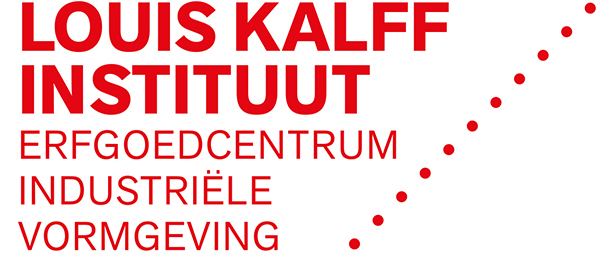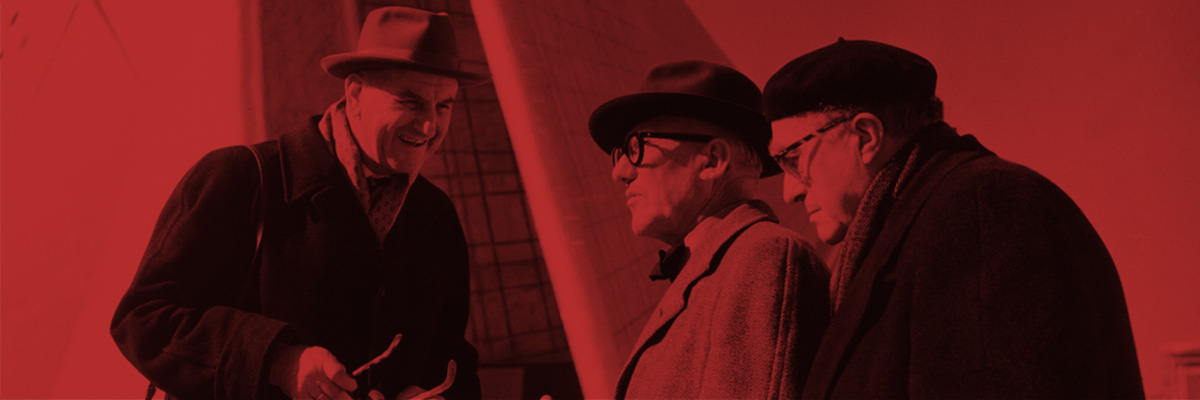Goed Wonen (‘Quality Living’), foundation for the promotion of a new domestic culture. Goed Wonen published a self-titled magazine (from 1948 to 1970) and until 1954 it worked together with designers, distributers and manufacturers on their own collection of ‘sensible’ furniture and utensils. The foundation had an exhibition space at the Rokin (later at the Leidsestraat) in Amsterdam where one could seek advice and find information on home furnishing. They also furnished model homes in new residential areas throughout the Netherlands and organised trainings, lectures and exhibitions.
Good Wonen was initially focused on making a stand against bad taste and false appearances, then they concentrated on practical awareness and later on they explored the relation with social aspects and problems associated with urbanism. Goed Wonen was a disinterested, noncommercial, cultural organisation, a movement for a domestic culture.
It was a form of popular education that aimed to make consumers both aware and free. Through independence and understanding, one would become a self-developing person. He or she would no longer be led by the search for representation, luxury or fashion. The home was the place where it was all about space, family and personal growth.
Goed Wonen is known for its critical and judgemental stance on living and interior design. Even though these attitudes were abandoned in the 1950s, its propaganda was not free of paternalistic or moralising traits. However, the people living in numerous new residential areas that were built in the 1950s and 1960s had to live in smaller houses, and shortage of space was a real problem, as well as people’s preferences for large and heavy furniture. oak wood and the general absence of good, modern design.
At first, until 1954, the following organisations worked together within Goed Wonen: the consumer and producer foundations of the same name, the Association for Art and Industry (BKI) and the GKf (Association of Practitioners of Applied Arts). These groups, represented in the management board, represented different interests, which led to conflicts and so the overall course of the foundation was adjusted several times. Halfway through the 1950s, the input of manufacturers and distributers was limited, and J. van den Broek became the chairman. Contact with other parties such as public housing corporations, housewives and educational organisations was intensified. In 1959, Goed Wonen called itself Foundation for the promotion of the domestic culture in the Netherlands. It wanted to get more influence on the houses’ floor plans.
In 1965, the importance of living was expressed at the congress of Bergeijk (in Goed Wonen issue no. 12) as follows: ‘When, in the world of machinery in which we will earn our wealth in the future, the personal relation between the worker and the product is lost even further, a valuable counterweight can be found in shaping one’s environment oneself, using the home: not only towards the inside, the interior, but also to the outside, as an expression of individuality within the larger whole to which we all belong.’ Towards the end of the 1960s, the foundation and the magazine started to focus on the outside world and on the political, economical and psychological aspects of living.
However, Goed Wonen faced a crisis, which was followed by a reorientation and reorganisation led by Jan Kassies and economist A. Hendriks, as well as a financial restructuring. In 1972, the result was that Goed Wonen wanted to bridge the gap between expertise and home owners, to supervise participation, and they set up a store where they provided legal advice.
The Dutch version of this biography is taken from the book Visies op vormgeving, het Nederlandse ontwerpen in teksten deel 2: 1940-2000 (2008) by Frederike Huygen. The following sources have been used for this biography:
– Bergvelt, E., Martens, H., Vreeburg, G. et al. ‘Goed Wonen. Een Nederlandse wooncultuur 1946-1968’, special issue of Wonen-TA/BK 9 (1979) 4/5, also the catalogue for the exhibition of the same name in the Frans Hals museum in Haarlem.
– Moorsel, W. van ‘Contact en controle. Over het vrouwbeeld van de Stichting Goed Wonen’, Amsterdam 1992.
– Borssum Waalkes, E.H. van ‘Goed Wonen – wonen’, Plan (1972) 8, n.p.

